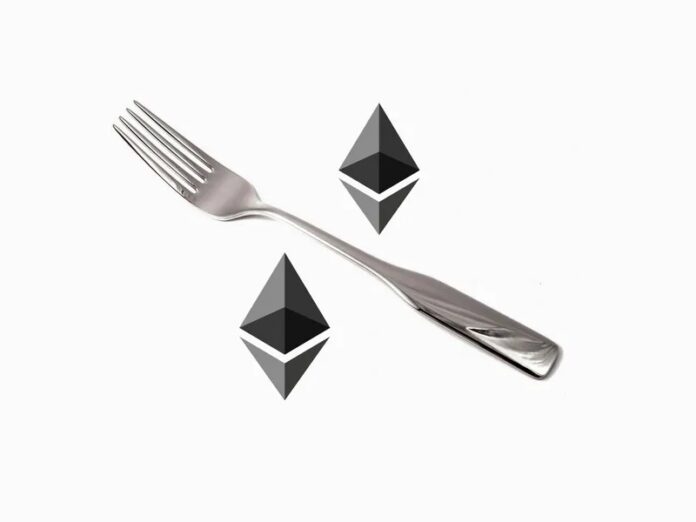Developers have successfully implemented a shadow fork of the Ethereum mainnet to further study the impacts of the upcoming switch to Proof of Stake.
The merge pandas have arrived!
mainnet-shadow-fork-1 hit TTD ~half an hour ago. We've been finalizing and producing blocks!We quickly noticed some seemingly minor issues with Nethermind and Besu(triage ongoing). Erigon is currently syncing to head, status update later. https://t.co/iJFtZTp7UU pic.twitter.com/9GxPp8dFzs
— parithosh | 🐼👉👈🐼 (@parithosh_j) April 11, 2022
Kiln running smoothly
Roughly a month ago, the Ethereum Foundation launched the Kiln testnet, which successfully completed the merge. So far, it seems like there are no major issues with Kiln. Via Twitter, Ethereum Foundation developer parithosh explains:
The aim of the Kiln merge testnet was to allow the community to practice running their nodes, deploying contracts, testing infrastructure, etc. We hope it’s helping the community get a sense of the post merge world!
However, to test the merge in a setting that is closer to a real-life blockchain environment, the Ethereum Foundation is now experimenting with shadow forks of existing testnets and, as of yesterday, the Ethereum mainnet. These shadow forks will not have any meaningful effects on the canonical chains.
First mainnet shadow fork successful
Marius van der Wijden, who came up with the idea, called the first attempt at merging a shadow fork of the Ethereum mainnet a huge success, albeit with some minor issues with the Nethermind and Besu clients. Nevertheless, all clients seem to be in consensus. Van der Wijden also notes that, thanks to the shadow fork, the devs were already able to preemptively fix a bug:
The mainnet shadow fork already found an issue we could’ve easily missed on the devnets. The default gas limit is set to 8 million, but miners voted it up to 30M. Since most validators would run with the default value, the gas limit would quickly drop.
Economically, the Proof of Stake Beacon chain is also progressing very well. So far, 10.9 million ETH have been staked across more than 340,000 validator nodes. This represents about 9% of Ethereum’s circulating supply. Since March, the number of validators has grown by more than 13%.
Once completed, the merge will drastically reduce the emission of new ETH to about one-tenth of its current inflation rate. Some Ethereum fans have called this the “triple halvening”, since it is equivalent to three Bitcoin halvings occurring at once.
















